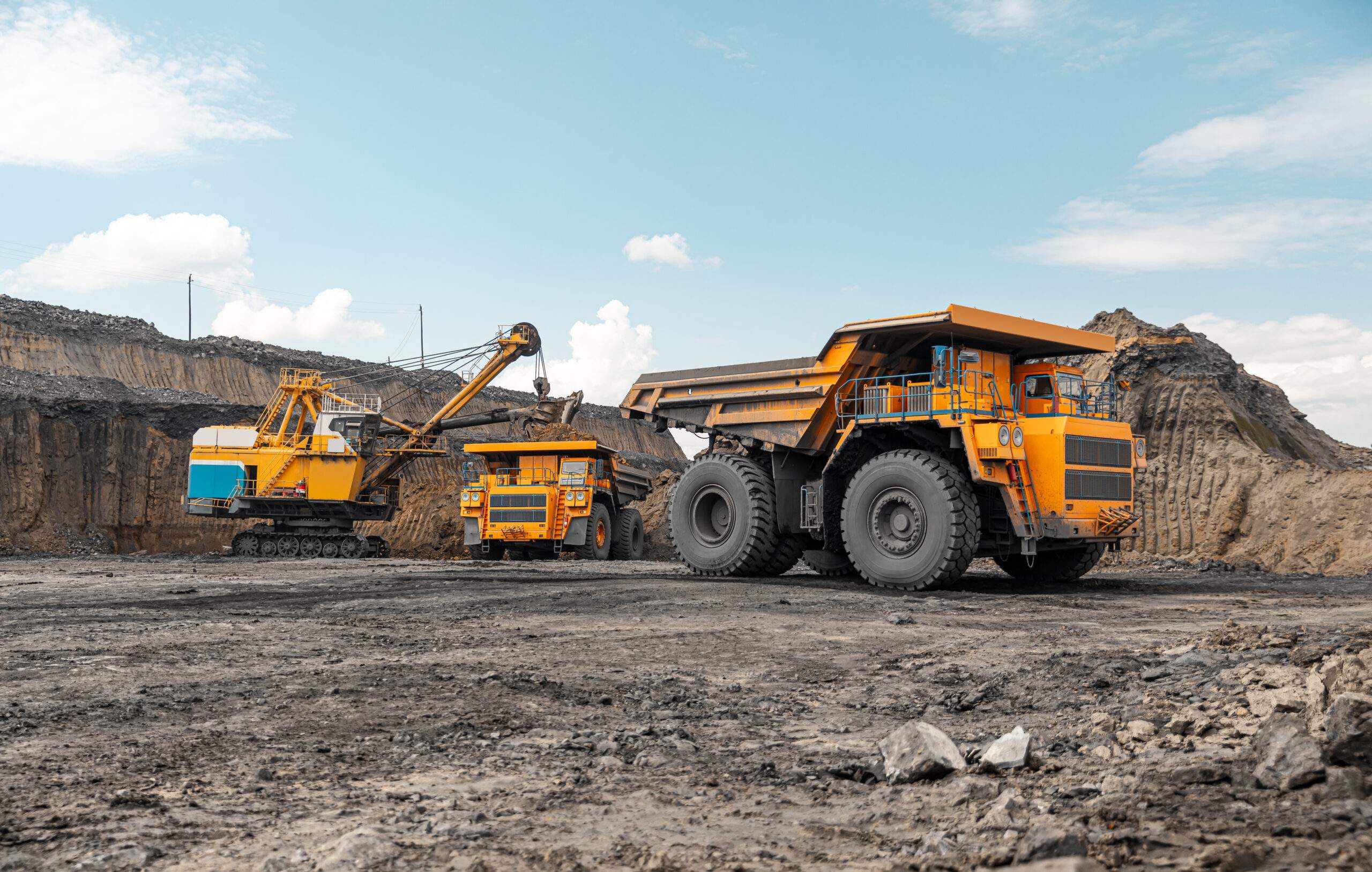Radar versus ultrasonic
The benefits of radar sensors for quarrying applications
For years, quarrying has heavily relied on ultrasonic sensor-based detection and monitoring equipment. However, external agents like water, temperature or dust can affect ultrasonic devices, altering measurements and putting employees and quarrying activities at risk. Here, David Strain, technical director at Technidrive, the specialist supplier of industrial drive systems, advocates for the adoption of radar sensors and explains the advantages in this sector.
Traditionally ultrasonic sensors were the preferred option in quarrying operations. This type of device uses a pulse signal targeted towards an object which is then reflected and echoed in return to the sender. However, this technology is susceptible to pressure, humidity or extreme temperatures, which can affect readings. Due to their physical measuring principle, ultrasonic technology can register ‘false echoes,’ where signals from hard elements that surround the measuring sound interfere — modifying the results.
Quarrying involves multiple processes based on a series of crushers, conveyors, bins and more, that create a loud and dusty environment. If the selected sensors are unable to function effectively in this harsh environment, operational failures are inevitable.
Radar sensors offer an alternative. This technology sends a quick wave that bounce off objects and create a picture of the environment while avoiding dead zones. Unlike ultrasonic sound waves, radar’s electromagnetic waves react differently to certain materials as they are reflected off the surface. In fact, they are not affected by ambient conditions, maintaining their high accuracy and reliability.
Compared to ultrasonic, radar has a better speed of response. Its small size, low energy consumption and optimised frequency ranges, which make it a much better choice. Due to the volumes and technology advancements are can now offer 80Ghz radar competitively and in many cases much less expensive and a great substitute for ultrasonic measurement technology in virtually all applications.
Moreover, modern radar systems incorporate Bluetooth. Wireless communication provides better accessibility, which allows setup, display and diagnostics from a distance of up to 50 metres. In this way, it helps operators to save time and avoid hazardous situations by simply using an app on a smartphone or tablet.
System integrator Technidrive now offers products from VEGA, a company that has been developing radar-based level sensors for 30 years. Its radar technology VEGAPULS, operates at 80 GHz, which enables a significantly finer focus of the transmission signal. This makes it considerably easier to distinguish actual level signals from interfering signals, rendering measurements more straightforward and more reliable.
Radar sensors significantly enhance quarrying operations by offering greater accuracy and reliability than ultrasonic sensors. They are unaffected by environmental factors, avoiding issues like ‘false echoes’ and ensuring consistent measurements. Additionally, radar sensors are cost-effective, energy-efficient and easy to manage, with modern systems providing convenient wireless communication for safer and more efficient operations.
Share this content:














